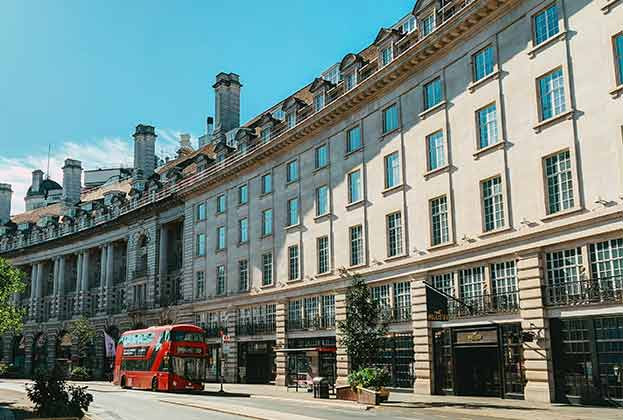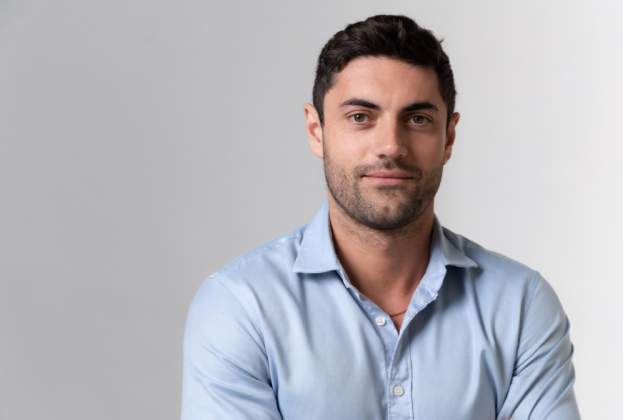While the year started very strongly for investment volumes (Q1 2020 seeing over £1.6 billion spent), the global restrictions on travel resulted in Q2 being the lowest quarter of activity from Middle Eastern investors in Europe in the last 10 years, with investment volumes falling below £100 million for the first time since 2010.
Q3 saw a return to activity for Middle Eastern capital, with transaction volumes for the quarter exceeding that of Q3 2019. This momentum looks set to continue to the end of the year, with multiple parties currently analysing deals as they look to dilute their investment exposure to the energy sector, shy away from volatility in the public markets or seek geographical diversification outside of the region.
So what are their requirements now and where might we next see the big transaction volumes?
The key driver for investment remains the need for attractive cash-on-cash returns from assets with secure, long-term income profiles. Therefore, while yields on core assets in London and Europe’s key capital cities remain low, many groups are instead focusing on regional markets in the UK and secondary European cities.
Institutional capital from the Middle East has historically focused on the core asset classes of offices, logistics and retail warehousing but we are increasingly seeing groups look to diversify their portfolios with investment in the formerly alternative asset classes of student accommodation, the private rental sector (PRS), life sciences and healthcare.
As many Middle Eastern investors are already familiar with the UK, this remains their focus and there is a tendency to look there first, before expanding into other markets.
The Netherlands and Germany particularly have been of interest due to their beneficial legal/tax framework and strong market dynamics. Pricing, especially in Germany, is tight, but some groups are able to be competitive on selected assets due to attractive debt enhancing the cash on cash returns achievable.
While many would like to invest in France, the ‘3,6,9’ lease structures and less attractive tax system means that the majority of investors tend to focus on the lower hanging fruit of the UK, Netherlands and Germany. Additionally, Central and Eastern Europe (CEE), and some Southern European markets are becoming increasingly attractive as investors continue their quest for yield.
There may be uncertainty attached to the UK and Europe due to Brexit and the prevailing Covid-19 situation, however there remain sufficient push factors in the Middle East, such as oil price volatility and domestic market uncertainty, to encourage investors to seek geographical and sectoral diversification in the UK, European and US markets.
We therefore expect Middle Eastern investors to continue to be active players in the international scene for the foreseeable future.
Further information
Contact Savills Global Investment


.jpg)



.jpg)
.jpg)
.jpg)

